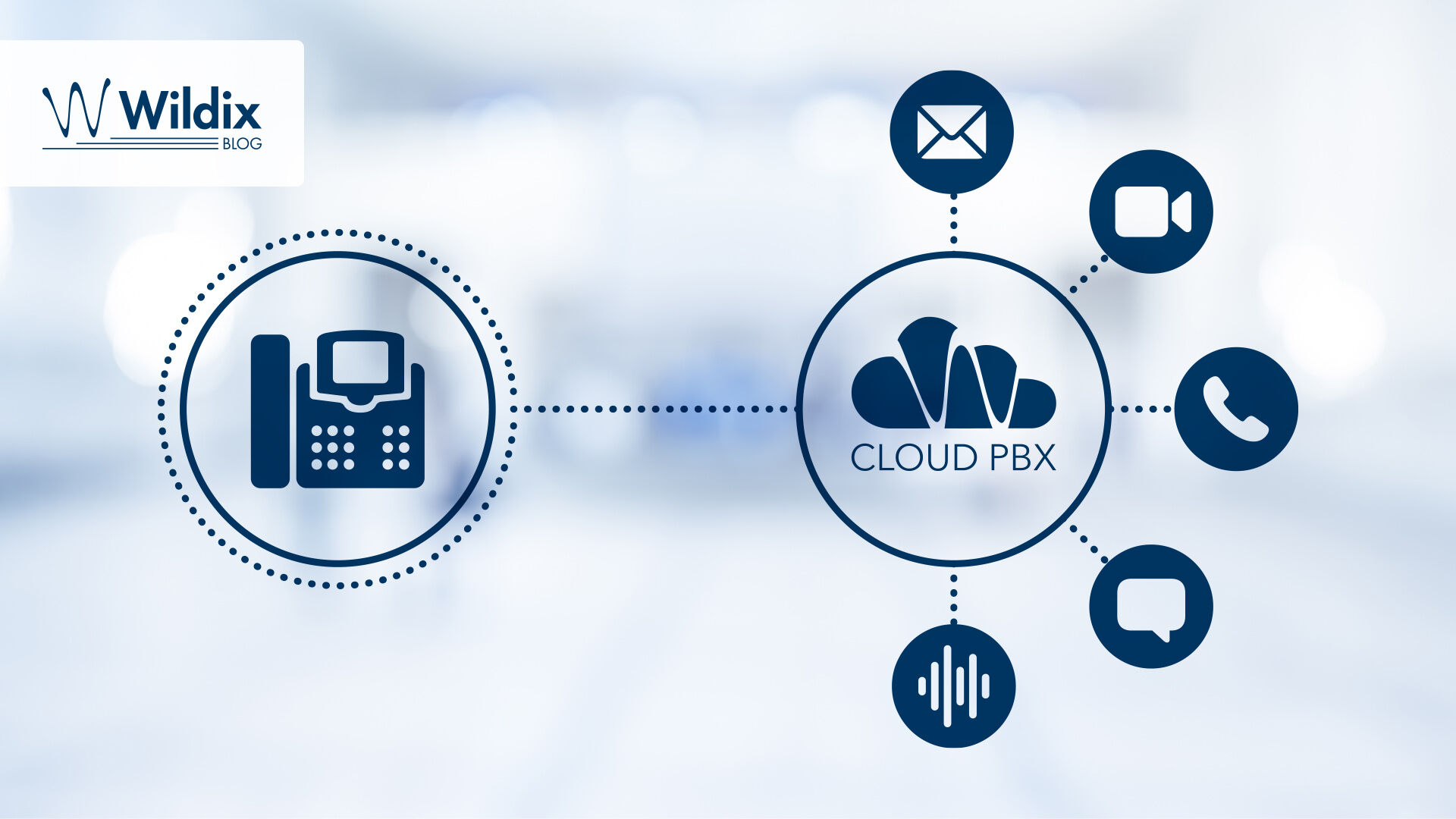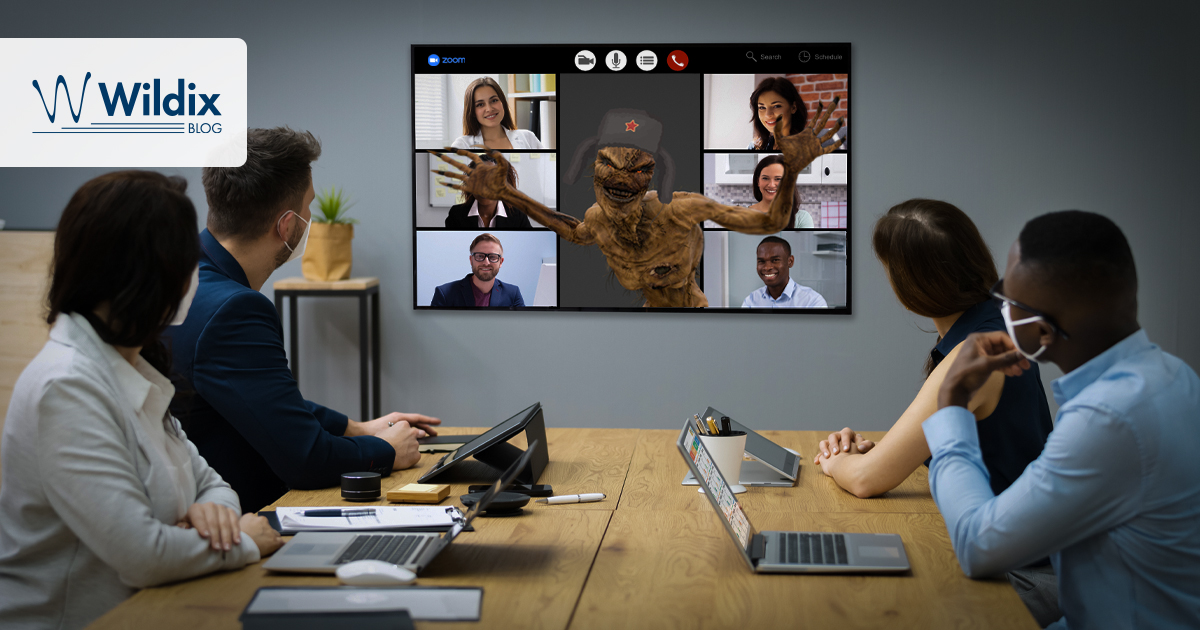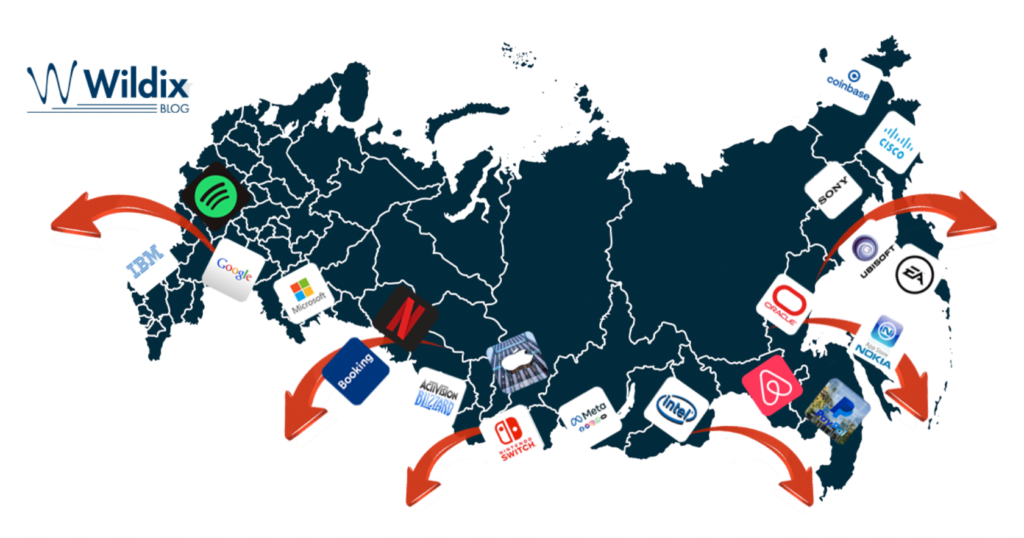
Continue reading “What to Expect When You’re Protecting Data”
From VoIP to Unified Communications and WebRTC


Voice over Internet Protocol (VoIP) is all but essential for modern business communications. Still, many professionals likely wonder “what is VoIP?” — whether they mean what VoIP stands for or what older technologies it replaces.
To address these questions and more, let’s take a deep dive into info on VoIP phone systems. We’ll also help you consider which version of voice over IP will best benefit your business.
Continue reading “What Is VoIP? Why This New Tool May Transform Businesses”

Especially since the pandemic, transitioning applications and communication systems to the cloud has been a top priority in business. After all, the value of this setup is obvious, made all the more clear by lockdown periods: With a cloud-based setup, location no longer factors into work operations, for many jobs. Continue reading “Making the Cloud Less Nebulous With Real-World Value”

As anyone who’s ever run a webinar knows, an online presentation gives you a lot to worry about even when your technology actually cooperates. Managing an audience on top of giving your own prepared statements takes skill even in the best of circumstances, naturally. But things get significantly worse if, on top of letting good-faith attendees speak, you also have to guard against trolls and disruptions. Continue reading “Zoombombing & Russian Misinformation”

For upwards of a decade, cyberattacks and general risks to online security have been originating from Russia — all increasing in both frequency and obviousness in their association with the Russian government. Now, with Russia’s invasion of Ukraine, the Kremlin’s cyberwarfare efforts have explicitly boiled over into physical warfare.
Continue reading “The State of Russian Ties in UC&C”